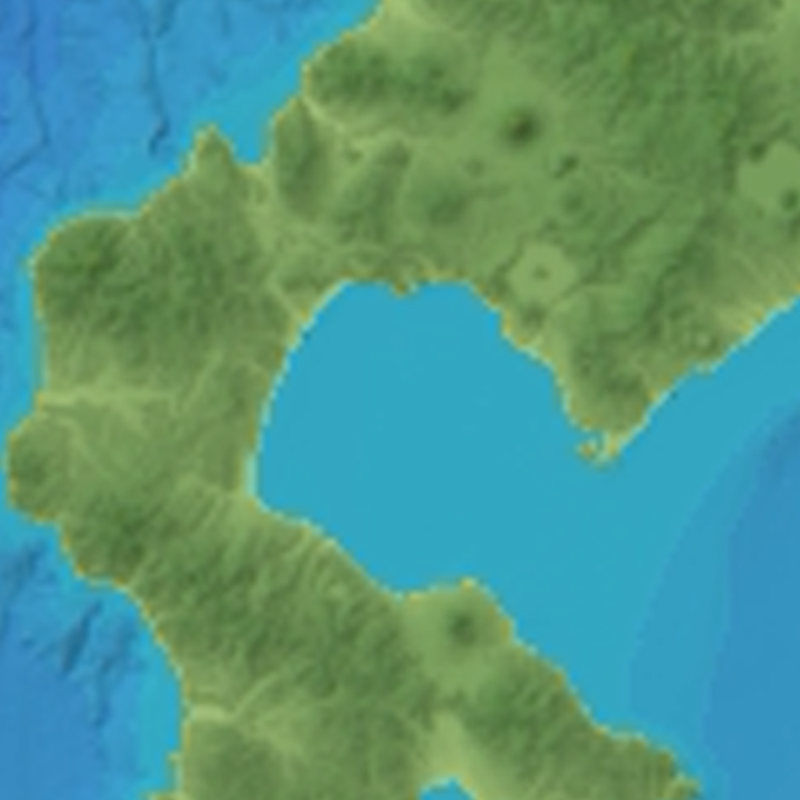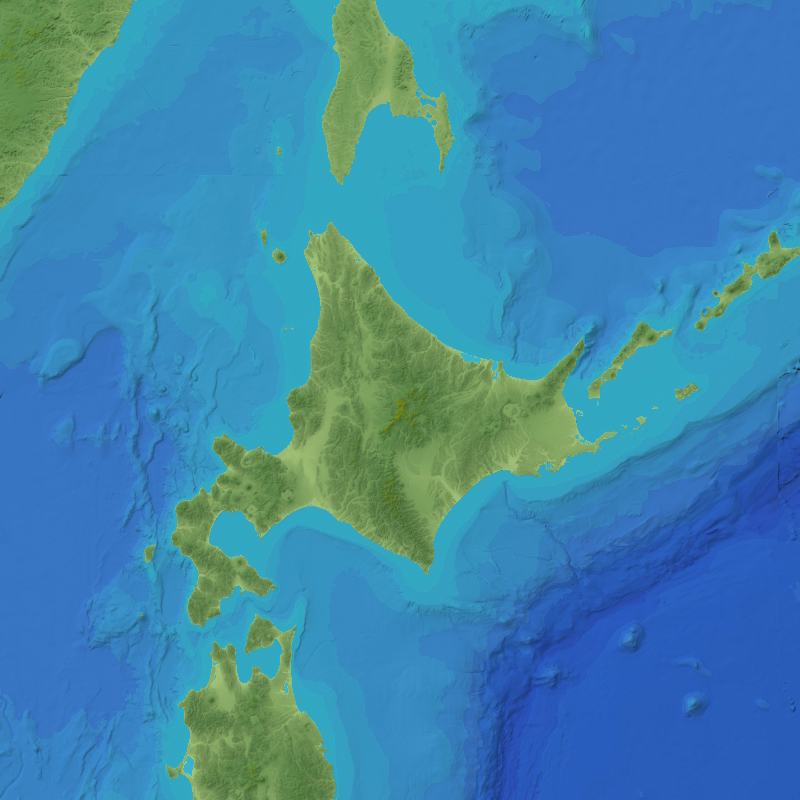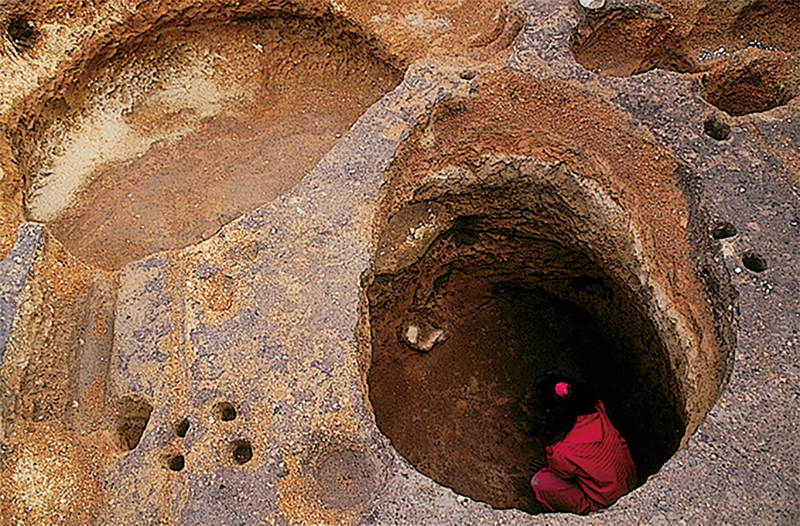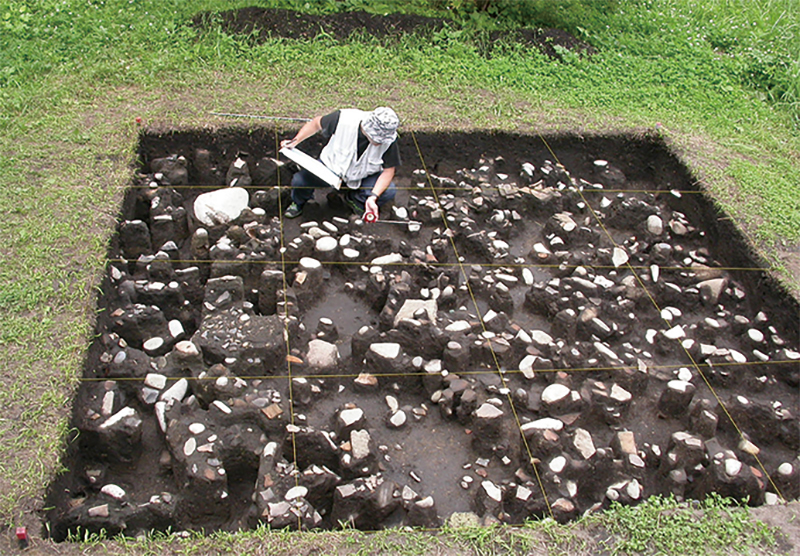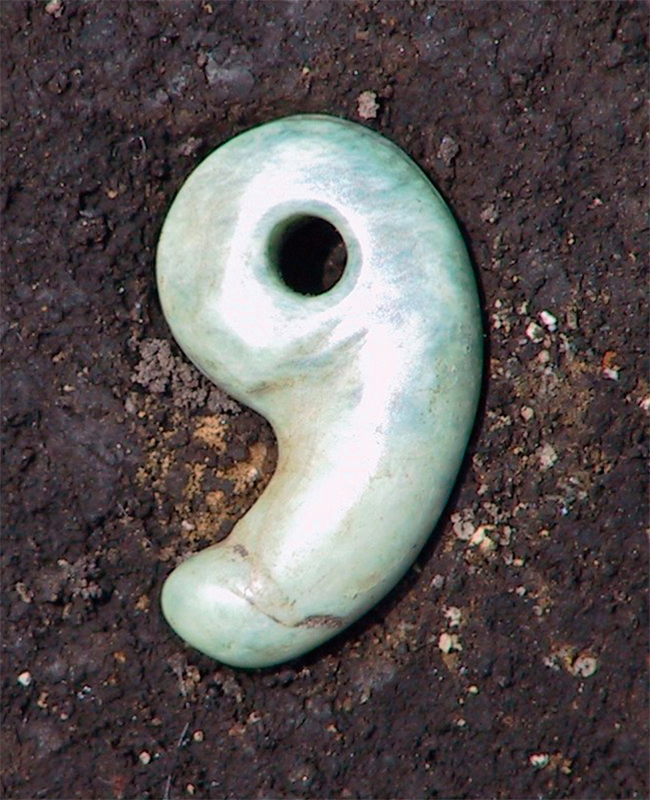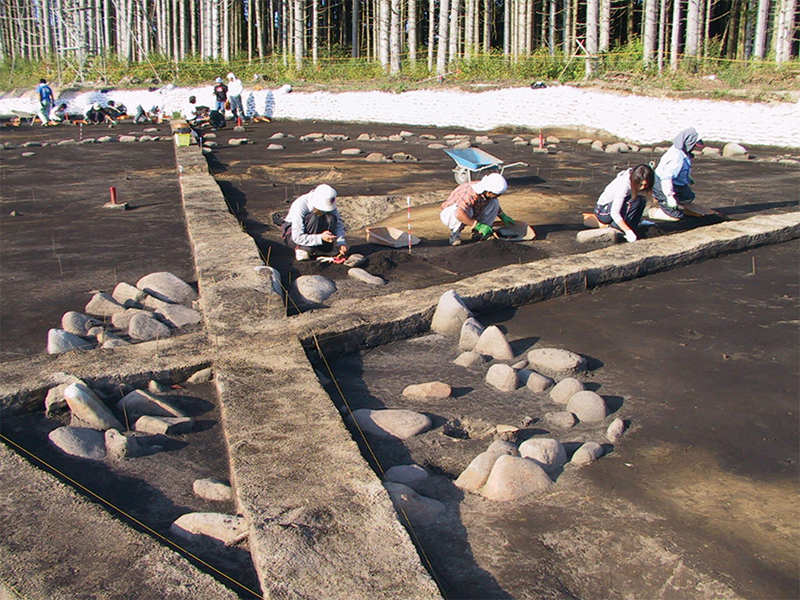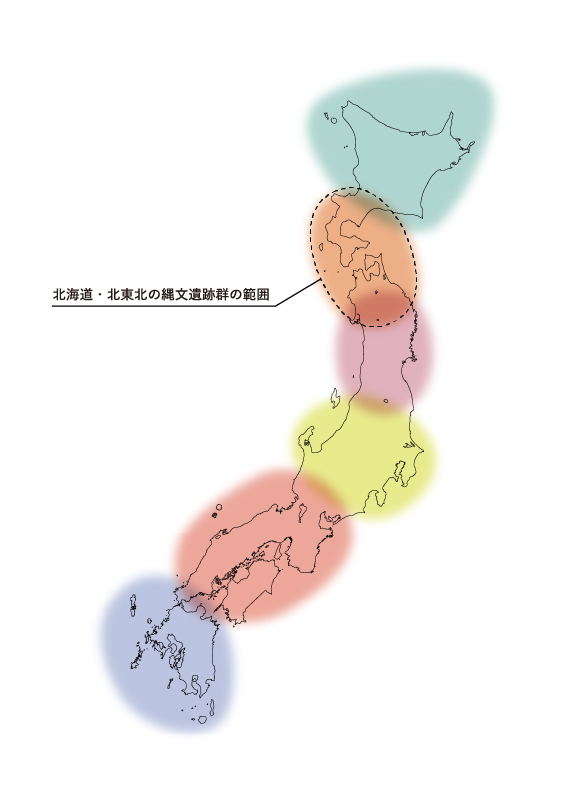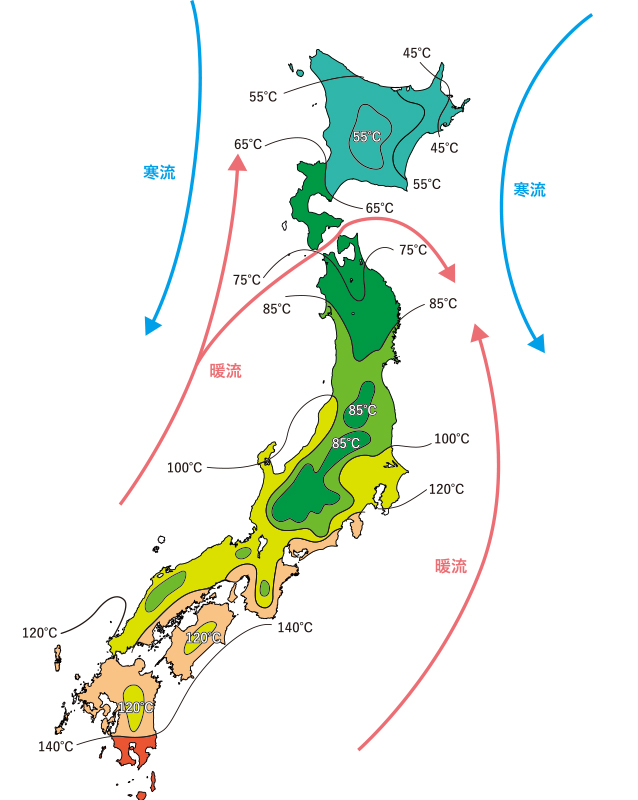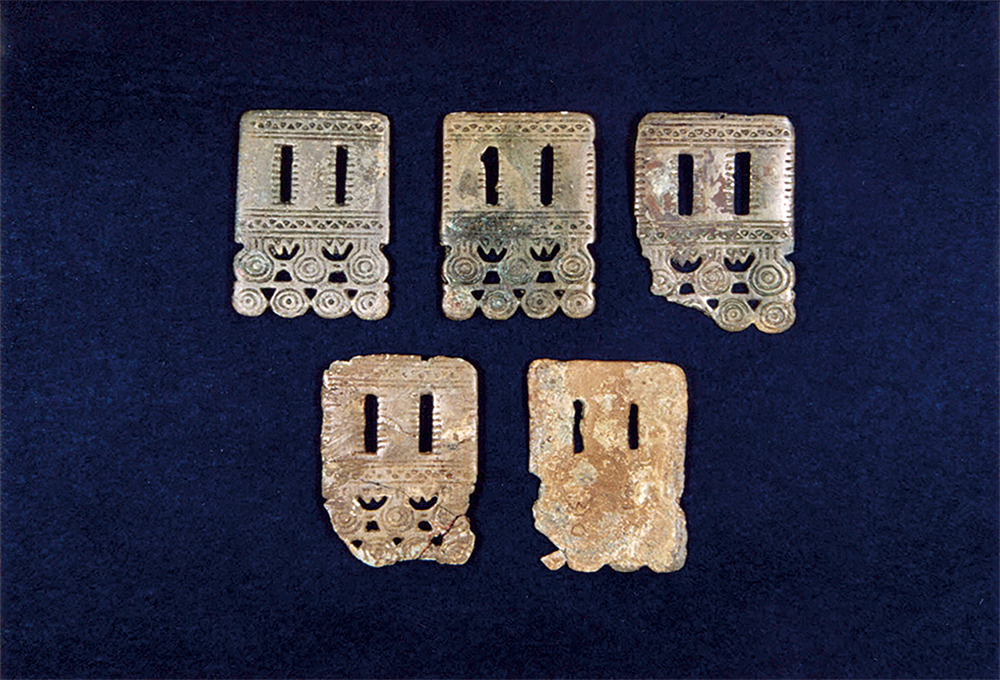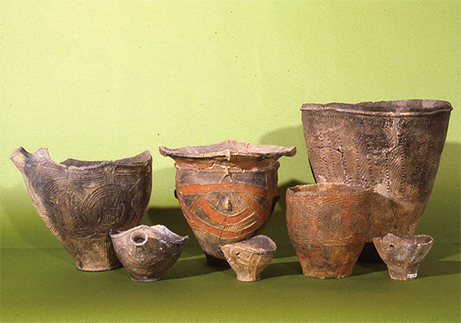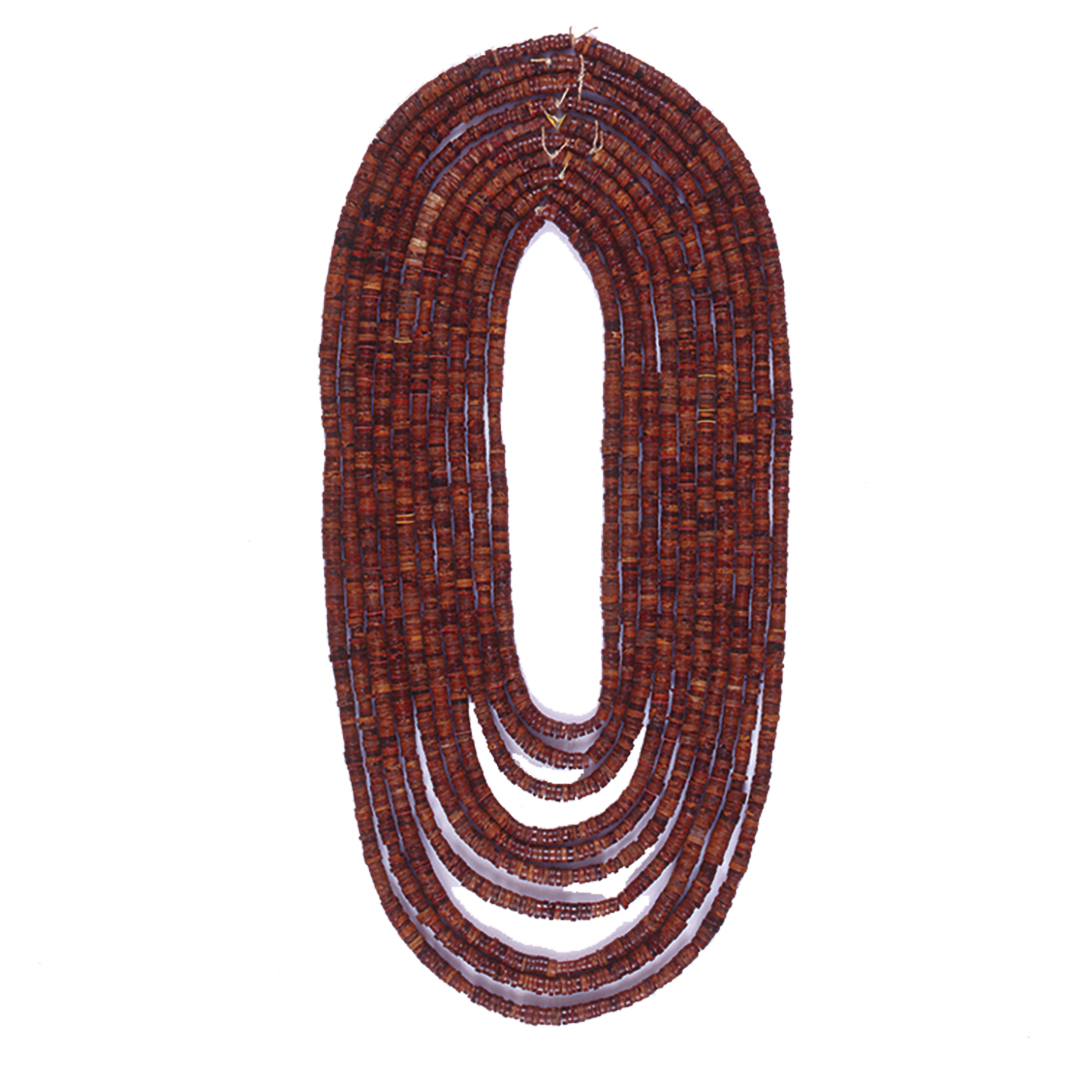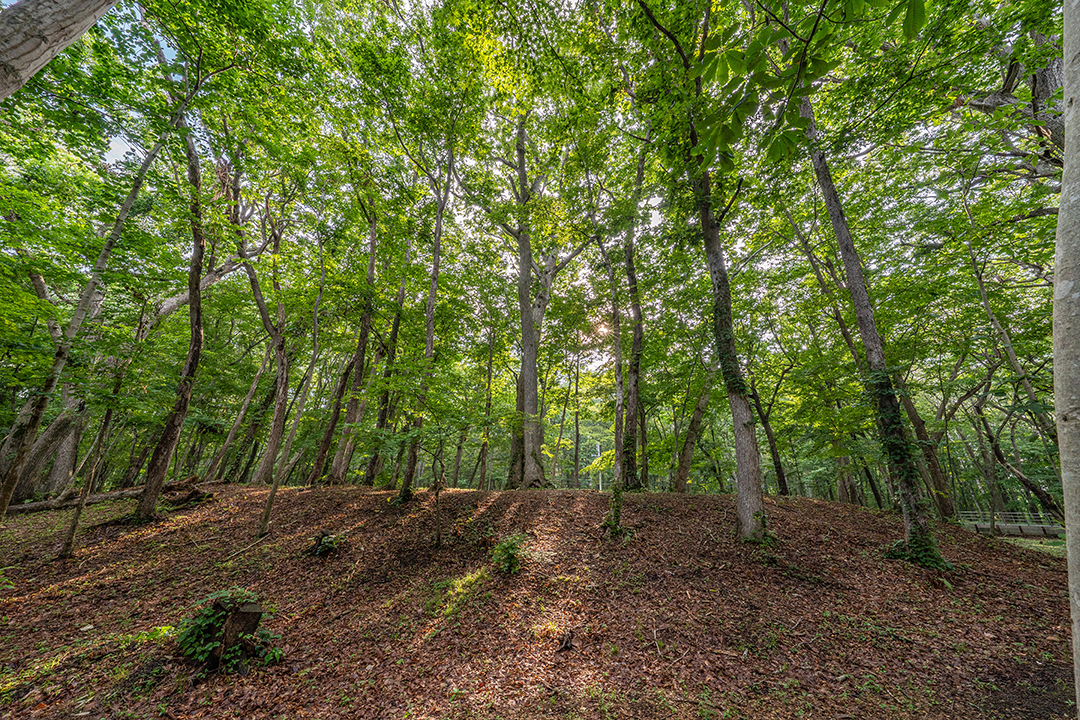
About the Jomon culture in Hokkaido
In Hokkaido, there are over 7,000 sites of Jomon period living that have been discovered. There are various different features depending on the region.
How did these differences and features come about? Let’s first learn about the origin of the Hokkaido island and its nature.

The origin of the Hokkaido island
Hokkaido is an island located between 41 and 45 degrees north latitude and the size of the main island is about 78,000 km2. It is the 21st largest island in the world after Ireland. Since when does this vast land exist?
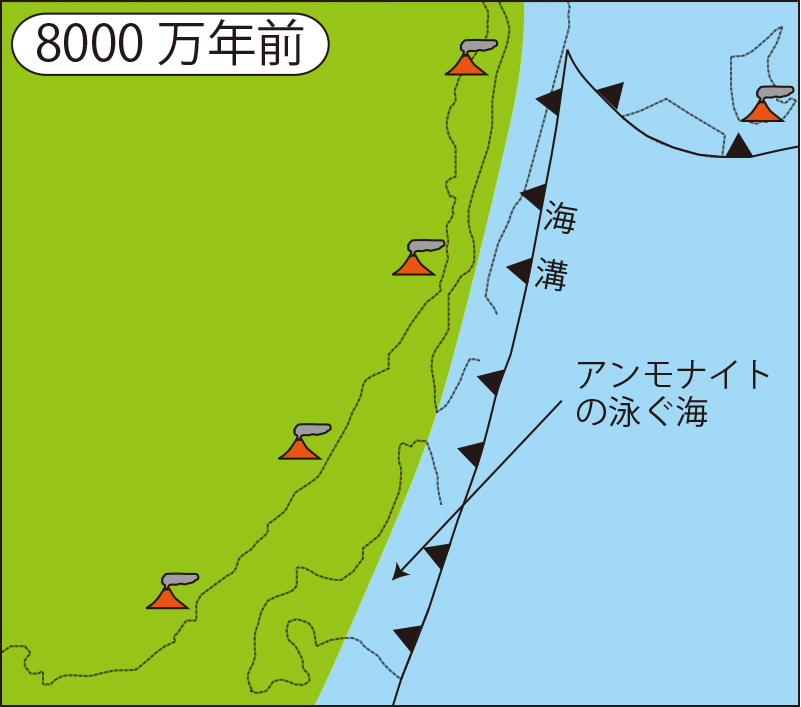
About 80 million years ago, Hokkaido used to be part of the Eurasian continent. Ammonite and other ancient creatures lived in the ocean to the east of the continent. The geological layers from this era can be found in various parts of Hokkaido today, including Mikasa City, Mukawa Town, and Nakagawa Town.
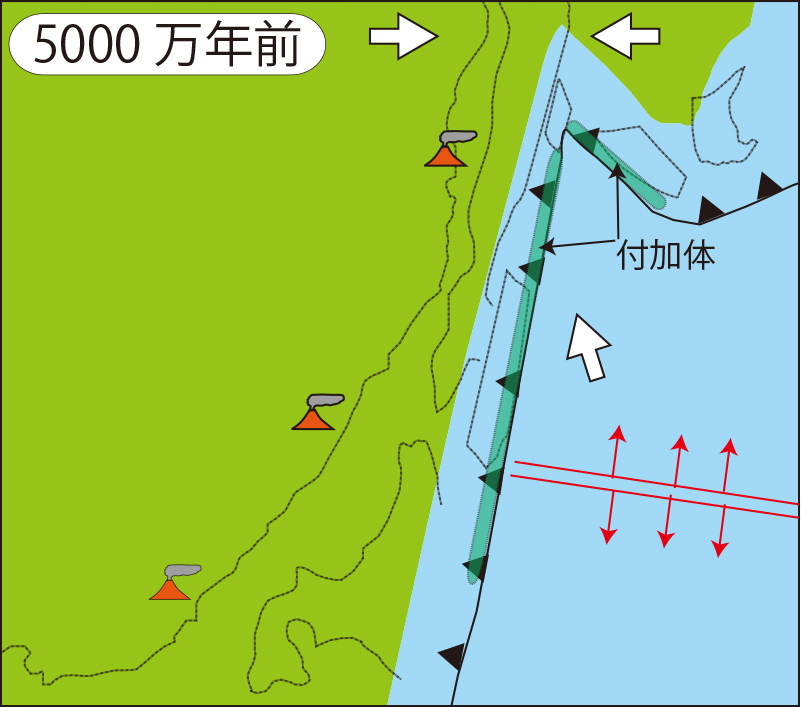
The plates that made up the earth of the eastern half of Hokkaido and the western half of Hokkaido gradually came closer due to their movements. By about 50 million years ago, the faults at their boundaries started to collide.
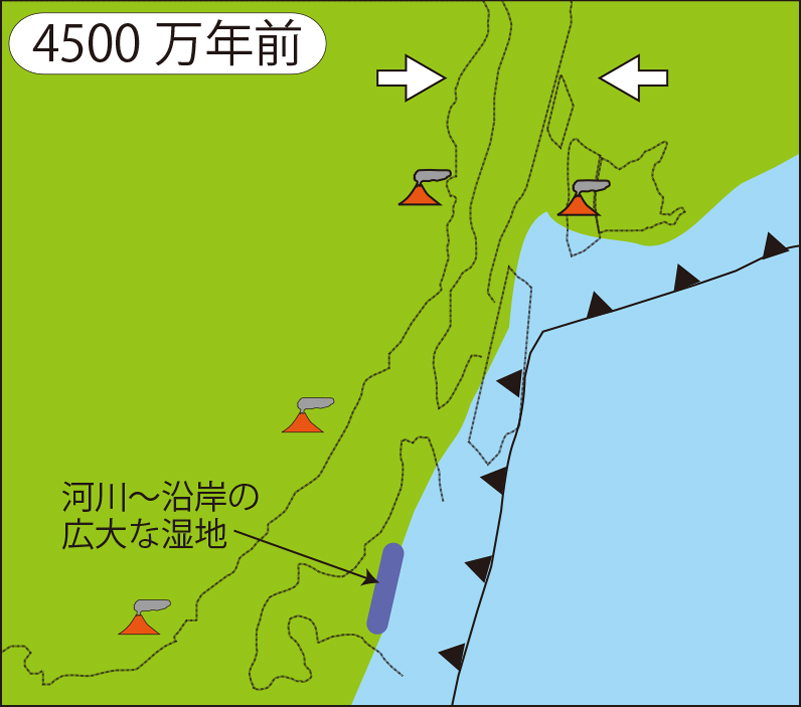
Around 45 million years ago, the western half of Hokkaido and the eastern half of Hokkaido came even closer, turning wide areas into shallow ocean or land. There were vast areas of wetlands and forests. Fallen trees accumulated in the shallow coastal region ocean. These eventually turned into the coal produced in Sorachi and Kushiro regions.
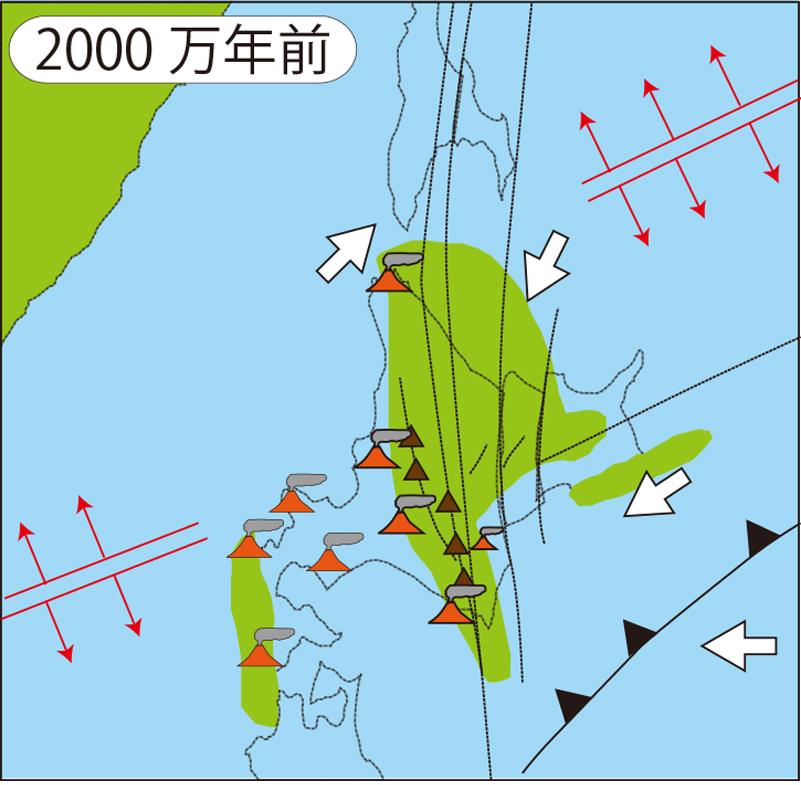
The western/eastern half and the central part of Hokkaido formed Hokkaido’s current shape after a long time about 20 million years ago. The ocean floors of the Sea of Japan and the southern Sea of Okhotsk continued to expand. There was vast ocean around Hokkaido.
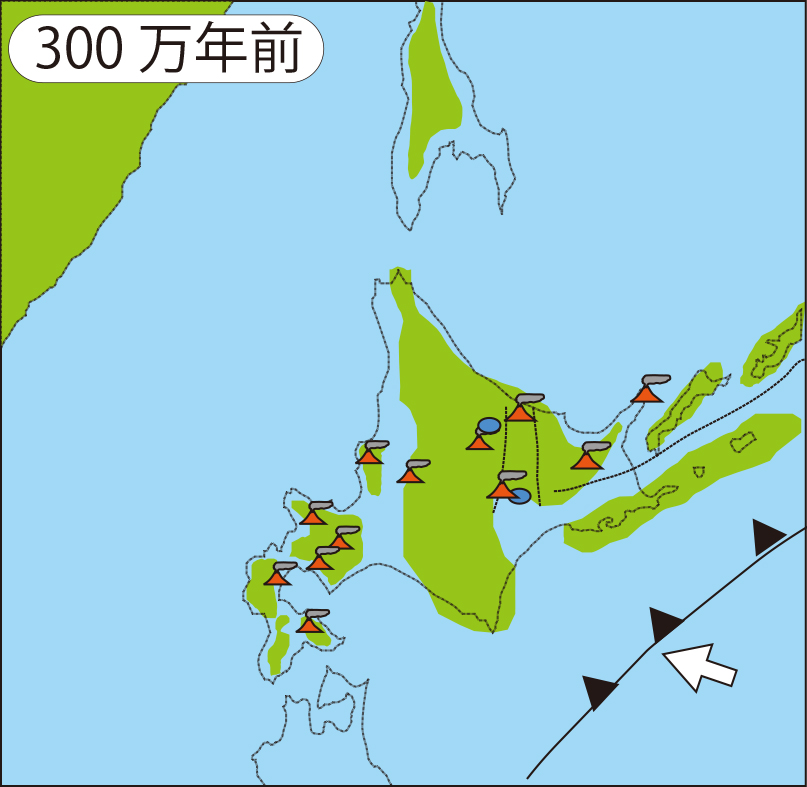
Then, about 3 million years ago, ocean water entered the lowland regions, such as Tokachi Plain and Ishikari Plain, creating an inlet.
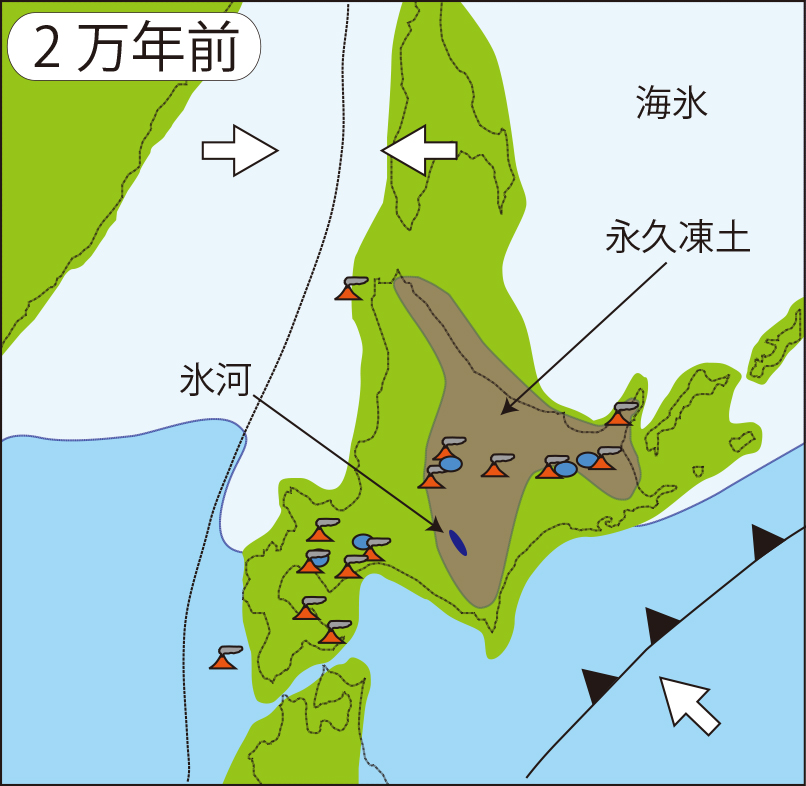
About several hundred thousand years ago, the ice age and warm period started to alternate. In the last ice age 20,000 years ago, the ocean surface dropped by about 120 meters, connecting Hokkaido, Sakhalin and Kuril Islands by land. Animals and plants travelled to Hokkaido from the continent, including mammoths, Naumann elephants, and giant deer.

After that, Earth started to gradually warm up until the present day. The sea surface rose and Hokkaido became an island again. Northern animals, such as pikas, continue to live in the present day living in cool regions, such as places with wind holes like Lake Shikaribetsu and tall mountains.
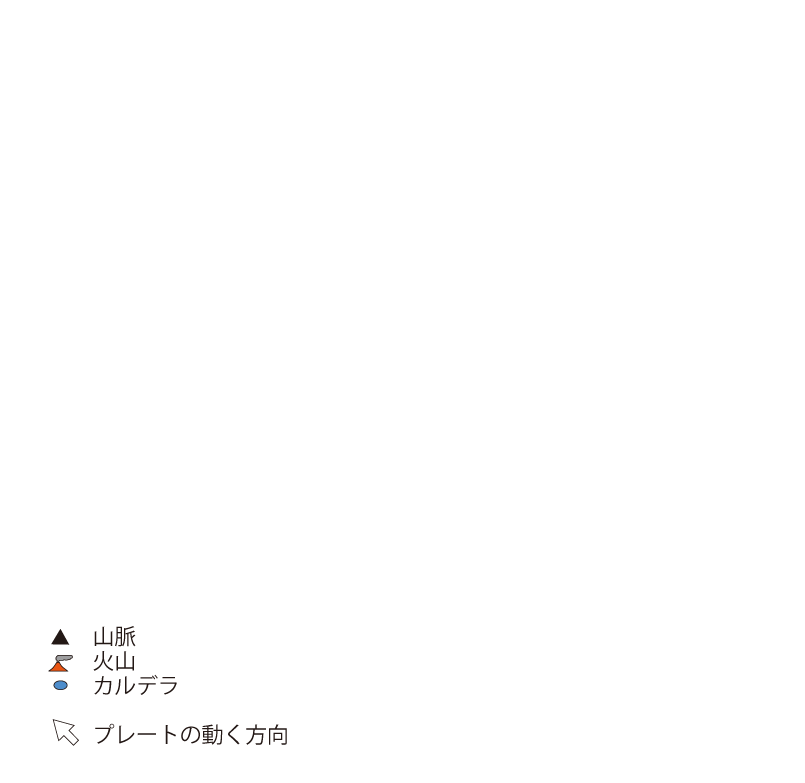
参考:北海道博物館第2回特別展『ジオパークへ行こう! ―恐竜、アンモナイト、火山、地球の不思議を探す旅― 展示・ジオパークまるわかりガイドブック』
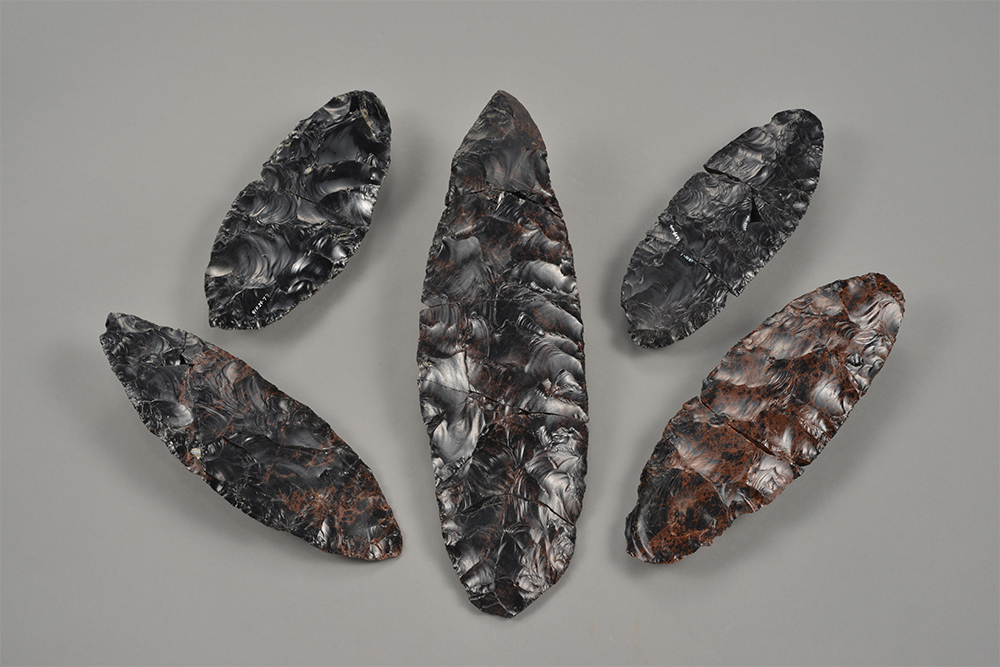
Hokkaido before the Jomon period
Hokkaido was shaped as part of our planet’s great activities.
When did people come to Hokkaido and how did they live?
Let’s look at how people lived in Hokkaido before the Jomon period, analyzed from Hokkaido’s ruins and natural environments at the time.

Hokkaido before the Jomon period
The oldest ruins in Hokkaido dates back to about 30,000 years ago. People lived in Hokkaido from the paleolithic age, before the Jomon period.
Looking at the history of the Earth in the last million years, the planet alternated between glacial periods (cold eras) and interglacial periods (warm eras) in 10,000 year intervals. 25,000 years ago was the coldest time of the last glacial period with developed glaciers in the arctic and the northern hemisphere. This made the ocean shallower by about 120 meters compared to today.
The climate connected Hokkaido, Sakhalin, and the Eurasian continent by land. Hokkaido was a large peninsula sticking out from the continent.
The cold and dry climate created nature similar to the present-day alpine zone. This meant that there were few plant natural resources. People followed mammoths and giant deer that came from the continent. They were nomadic hunters.
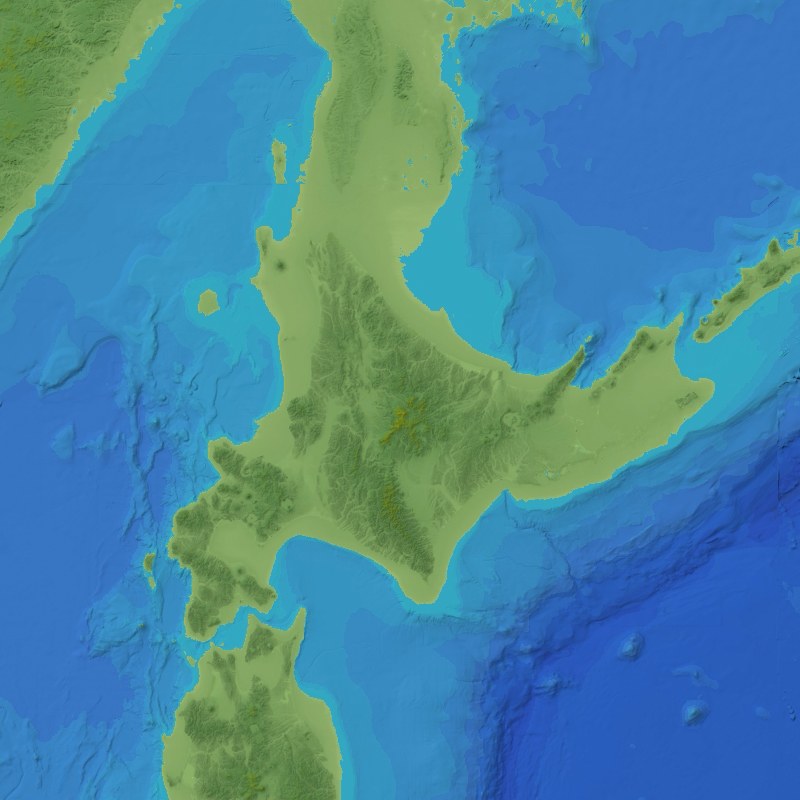
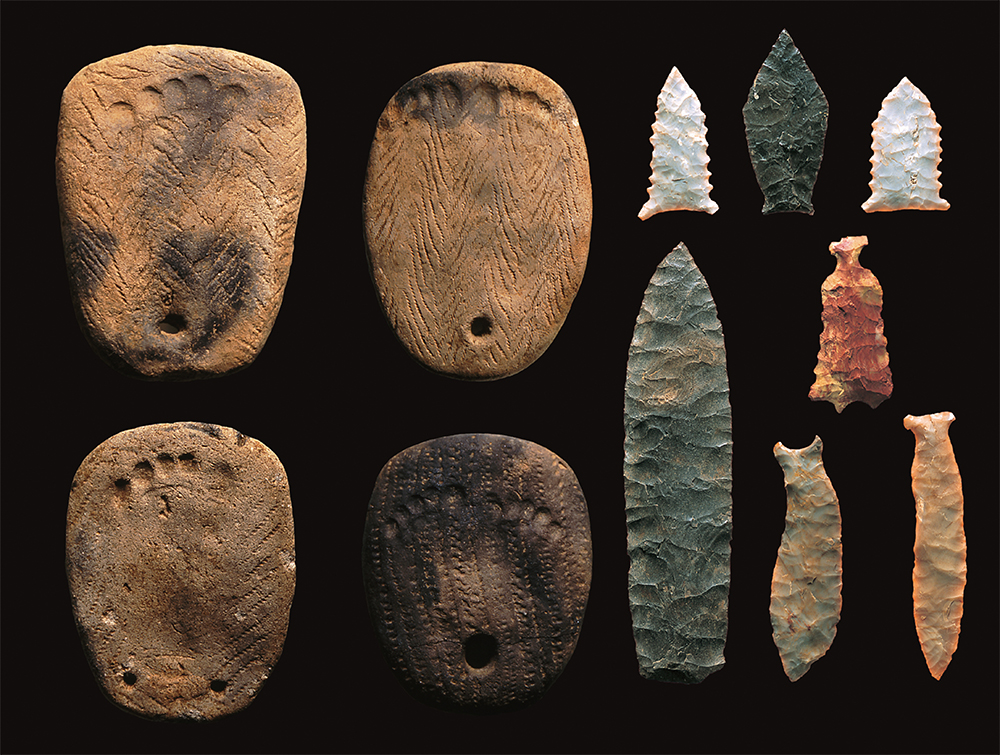
Characteristics of the Jomon period
Jomon period started in the changing natural environment caused by the warming climate. It spread to the entire Japanese archipelago.
How did people live in the Japanese archipelago that stretched from the south to the north? Did people in distant regions interact with each other, such as the people in Hokkaido and the people in Honshu?
Let’s explore the clues from the ruins to find out about the lives and culture of the people during the Jomon period.

Characteristics of the Jomon period
The biggest characteristic of the Jomon period was the fact that people achieved a “sedentary life.” It may seem natural in the present day to be settled. However, in the course of human’s history, the “nomadic period” when humans hunted was much longer. Being settled was a major turning point in the history of humanity.
Globally, sedentary life started after people became able to cultivate nature for farming and stock-raising which enabled increased production and storage of food. In comparison, the sedentary life during the Jomon period was based on hunting, fishing, and collecting food. They achieved a sedentary lifestyle without significantly altering nature. This was unique compared to other prehistoric cultures.
Technology and interaction during the Jomon period
People during the Jomon period could use advanced techniques to lacquer combs and earthenware. They could also process hard jade stones to make accessories. In particular, their lacquerware is one of the oldest in the world, made about 9,000 years ago (Kakinoshima ruins B). They also had the technology to use natural asphalt as adhesives.
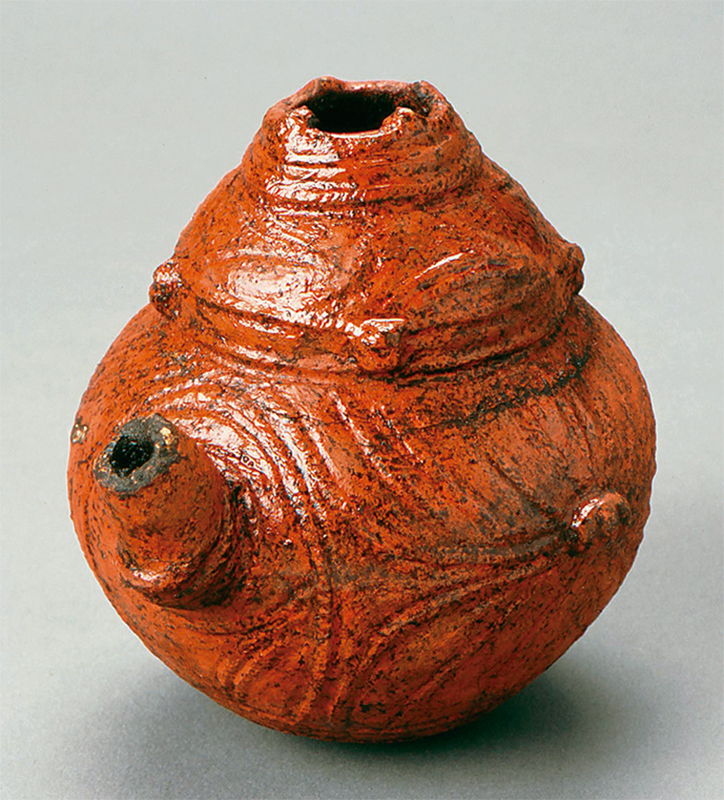
It is known that lacquer, jade, and asphalt came to Hokkaido across the Tsugaru Strait. Meanwhile, Honshu received from Hokkaido arrowheads (flint arrowheads), obsidian for making knives, and a type of greenstone (Aotora stone) for making stone axes. These show there were interactions and trades across the ocean.
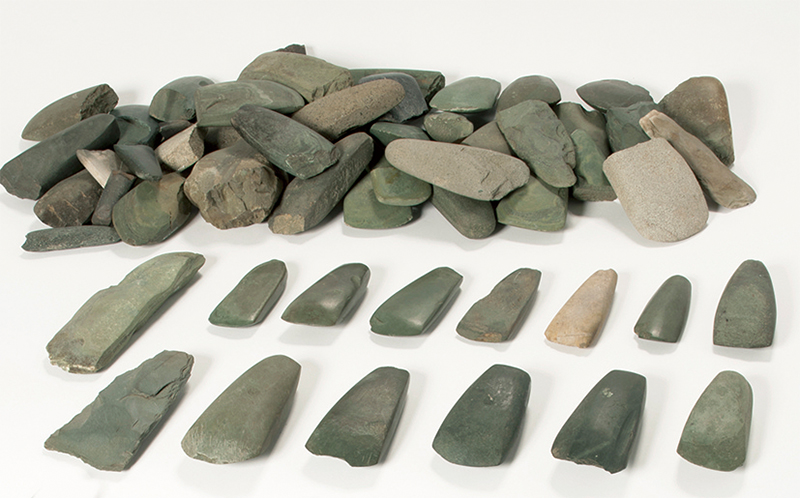
History of Hokkaido after Jomon period
To the south of Honshu, the continent brought about rice cultivation, and the Yayoi period began. In comparison, what kind of history and culture did Hokkaido have at the time?
Let’s look at the history of Hokkaido after the Jomon period that was formed through interacting with other regions.

Yayoi and continued Jomon culture
About 3,000 years ago, rice cultivation came to northern Kyushu from the eastern parts of the continent and the Korean Peninsula. Yayoi culture, using bronze and iron tools, spread in the Japanese archipelago. By 2,400 years ago, rice cultivation reached the northern part of the Tohoku region, and the Jomon culture came to an end. Hokkaido inherited the Jomon culture of a hunter and gatherer’s society, in a “continued Jomon culture.” Rice cultivation did not start in Hokkaido not only because of its cool climate but also because its nature was rich.
In the first half of the continued Jomon culture, some regions of Hokkaido had connections to the Yayoi culture in Honshu and the continent to the north. In the latter half, there were vibrant interactions with the Tumulus culture in Honshu. Iron tools were introduced and stone tools went out of trend. However, Jomon patterns continued to be used on earthenware because of the tradition preserved from the Jomon era.


